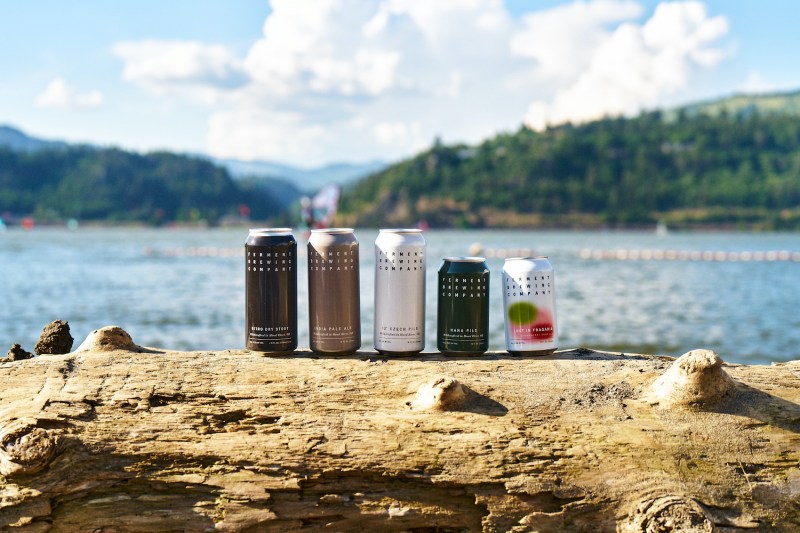
Craft beer is one of the fastest-evolving industries out there. One minute the sector is dreaming up new styles like the Cold IPA, and a moment later it’s designing new hop hybrids. In the States, we’re nearing 10,000 craft breweries, meaning it could not be a better time to seek out and enjoy a good local beer.
Ferment Brewing Company is based in beer-centric Oregon, specifically Hood River. The brand is on the small side, as so many players in the craft beer sector are. That said, the company often takes matter into its own hands when it comes to producing a great beer.
The little guys simply don’t operate like the big beer corporations do. The budget is much smaller, and so too is the scale. So when it comes to canning and labeling a new round of beers, it doesn’t always make sense to go the conventional route. Enter the digitally printed can, the next big thing in craft beer.
The future of craft beer
“Digitally printed cans are the way of the future for small craft breweries like Ferment,” says Jen Peterson, director of operations at Ferment. “Breweries our size often resort to applying plastic labels to 16-ounce blank cans to keep things nimble, but unfortunately, these labels contaminate the aluminum recycling stream. Digitally printing our label art directly onto the can solves the recycling problem and works well with our smaller packaging runs. It’s very exciting to have our year-round beers in this packaging. You’re going to see a lot of breweries make this switch soon.”
This kind of printing accomplishes several things for smaller, independent operations. As Peterson mentioned, there’s the environmental side, but there’s also the production side. Ferment and so many breweries do small-scale production runs and therefore avoid traditional labelmakers, as their minimums tend to be way more than what comes down the canning line. Couple that with the fact that breweries are constantly coming up with new brews and having to label them accordingly, and it makes a lot of sense to have a more flexible system.
Ferment’s latest beer releases are done entirely with digitally-printed cans, and other companies are following suit. While less plastic in circulation is always a good idea, this is also excellent news for intrepid beer drinkers. Brewers who adopt this system will feel less restricted by what they brew, able to adjust to consumer preferences, and even launch new styles or experimental one-offs without worrying so much about costs, both environmental and financial.
Digitally printing means no sleeves or plastic wrapping. The look is sharp, and the color options are often more robust because conventional print runs tend to work with just a handful of colors. If Ferment’s latest lineup is any indication, the appearance is just as good as, or better than, the old way.
What’s next for the ever-evolving world of craft beer? Who knows. The industry has already made beer from ingredients brought to space and surprised us with hip new styles like the smoothie sour beer. If we had to guess, the rise of independent malt producers seems like a safe bet, plus the increasing popularity of the digitally printed can.
Cheers to change.


